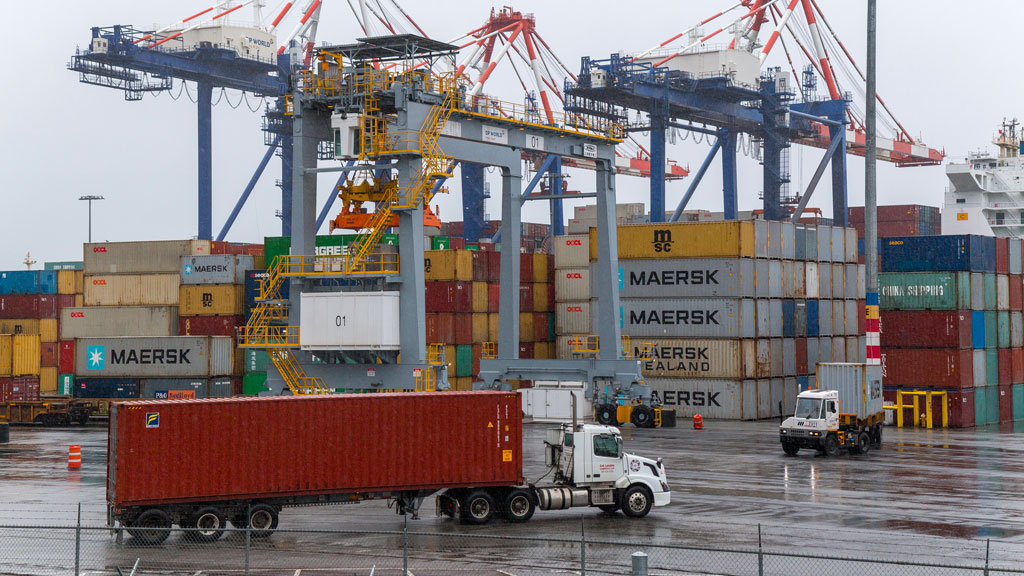Diversity and flexibility have kept the Port of Prince Rupert humming through the pandemic.
Ken Veldman, the port’s vice-president of public affairs and sustainability, went over the port’s past year and near future during a presentation for the BC Economic Development Association’s annual Economic Summit.
Veldman explained the port, which is the third largest in Canada, gets a lot attention for its container traffic but it also deals in liquid bulk, dry bulk and cruise ships. Its six terminals are privately owned and operated as separate businesses.
“Those terminals represent diversity and flexibility,” he said. “While we have seen growth, that diversity is extremely important.”
2020 was an example of this. While container traffic dipped, bulk exports were strong. And when forestry exports declined in 2018 and 2019, the mining, oil and gas industries were able to pick up the slack.
“All industries go through cycles and diversity gives stability to our operations,” said Veldman. “From a northern perspective, we have seen lots of ups and downs.”
He explained the port is vital to B.C.’s export industry and few people realize just how many jobs outside of the physical port depend on it.
More than 50 per cent of port-related jobs are not in Prince Rupert, including marine services, trucking, warehousing and logistics.
Veldman said the port has grown 20 per cent since 2018, but it has been careful to manage that growth and approach projects with care to ensure they get across the finish line.
This means focusing on environmental concerns and engaging with Indigenous communities and businesses so they can be included.
The port’s current capital project portfolio is $2.5 billion to be spent over the next few years.
“As we add more capabilities that means more products become viable for export,” said Veldman. “We are expecting to double our volume again over the next 10 years. We expect to grow to 60 million tonnes by 2030.”
One of the port’s upcoming projects isn’t construction.
They are creating a single place to find aggregated export data called the Northern BC Export Profile.
The port is planning to help communities collect that data so it can be used to improve the entire export system.
Follow the author on Twitter @RussellReports.




Recent Comments
comments for this post are closed